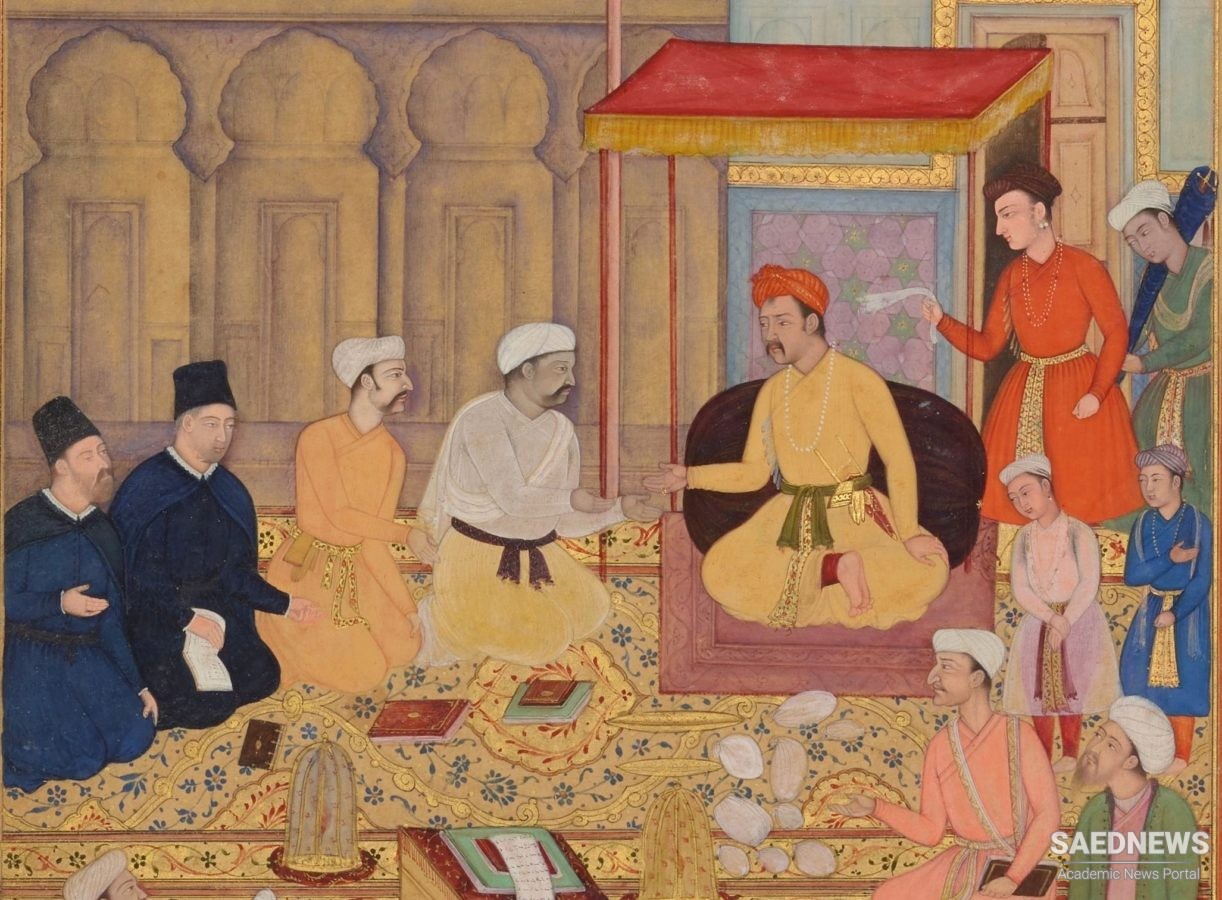In Islamic art, the oldest surviving miniatures date only from the thirteenth century, from the Baghdad school and in Persia only from the fourteenth century. The gap between these first originals and Sasanid painting is slowly beginning to close. It has long been understood that the so-called Minai ceramics of the early thirteenth century, which feature decorations including a wealth of figures, would be unthinkable without contemporary miniature painting. It is interesting that Sasanid subject matter is once more a favourite in the decoration of these ceramics. Finds in Nishapur prove that monumental painting, which was of such great importance during the Sasanid era, continued to exist. This confirms the view that we must see visual art as a factor of the first importance when it came to preserving and reviving the Iranian national consciousness. Its impact does not, however, end here, for in general it became the model for Islamic art per se. The caliphs’ building projects in Baghdad, Samarra and elsewhere were often carried out by Iranian artists and master craftsmen, but in many cases the latter also influenced artists of non-Iranian background to such a degree that the Iranian understanding of art would be the standard in this region for centuries to come, even though it was blended with other influences, such as those from Byzantium.



 Bronze Works in Islamic Persia and Expression of Cultural Orientation
Bronze Works in Islamic Persia and Expression of Cultural Orientation














































